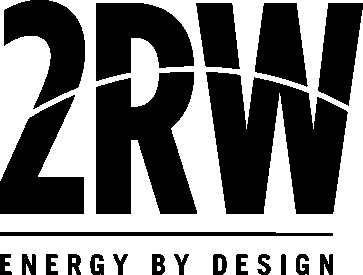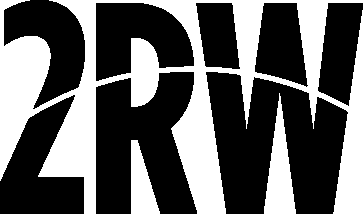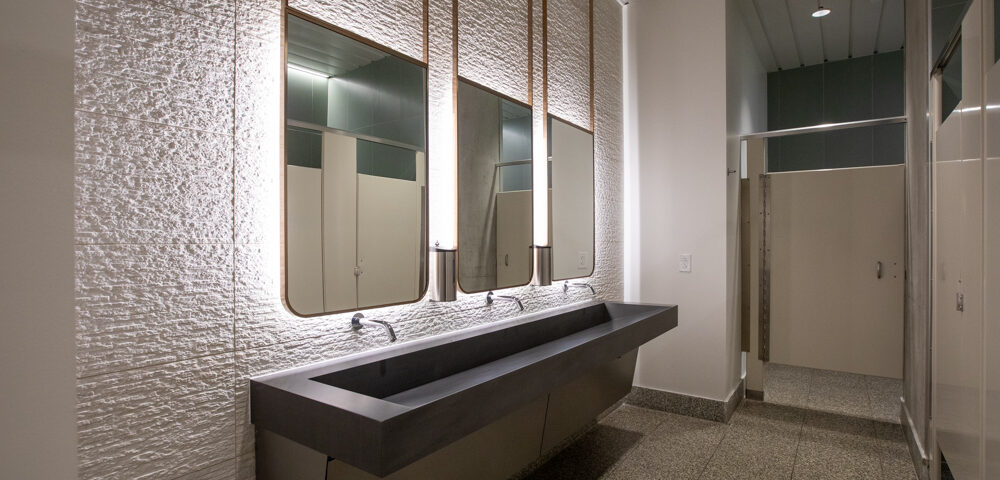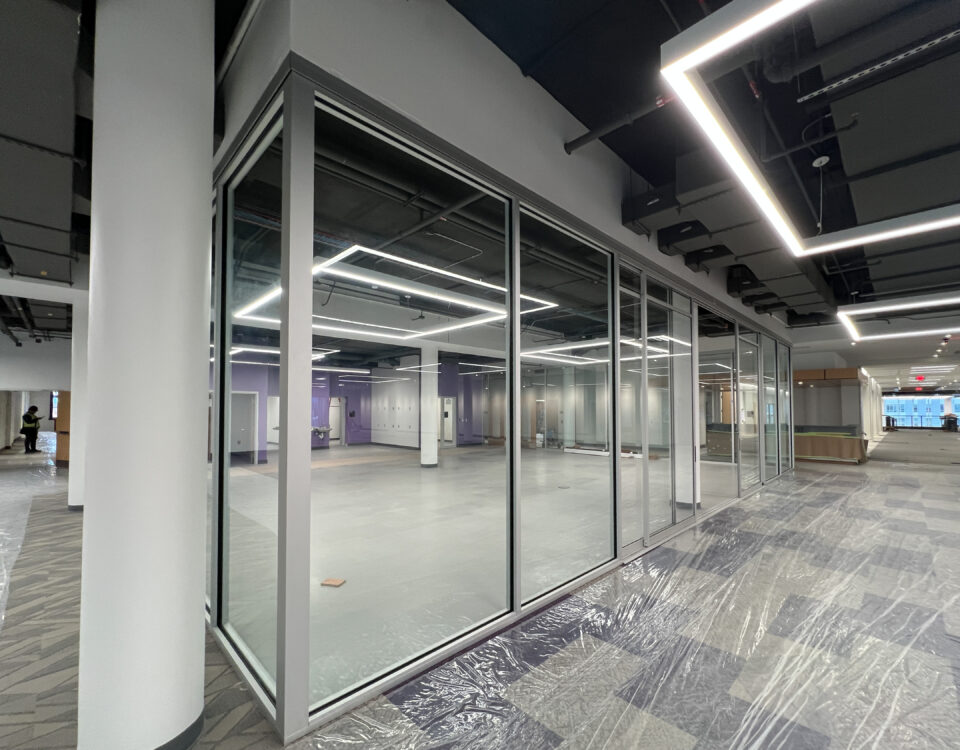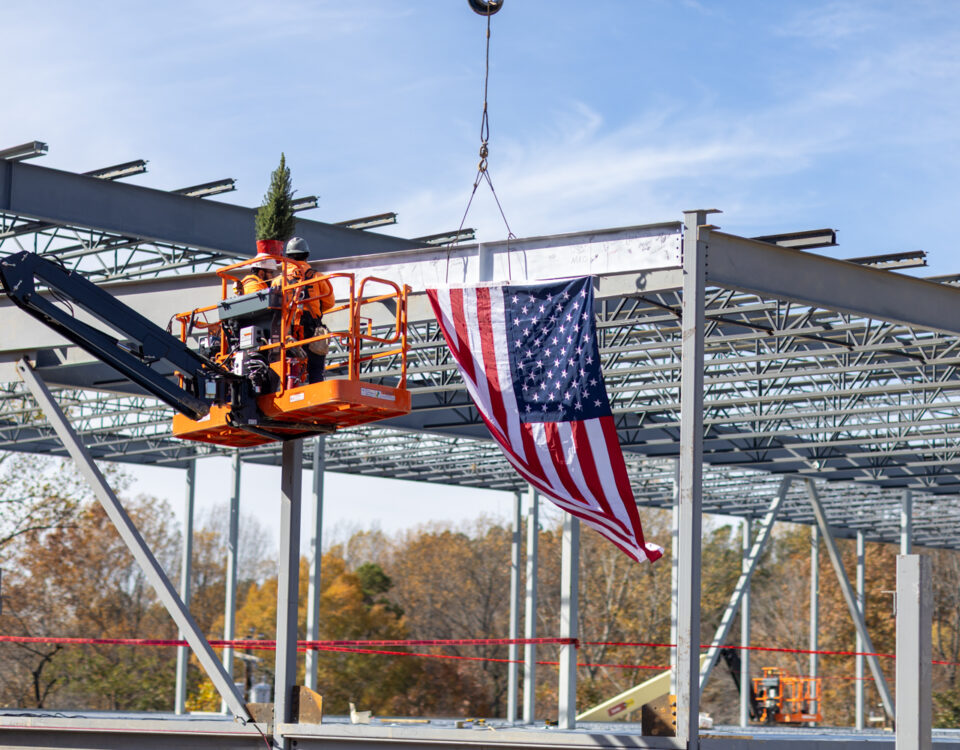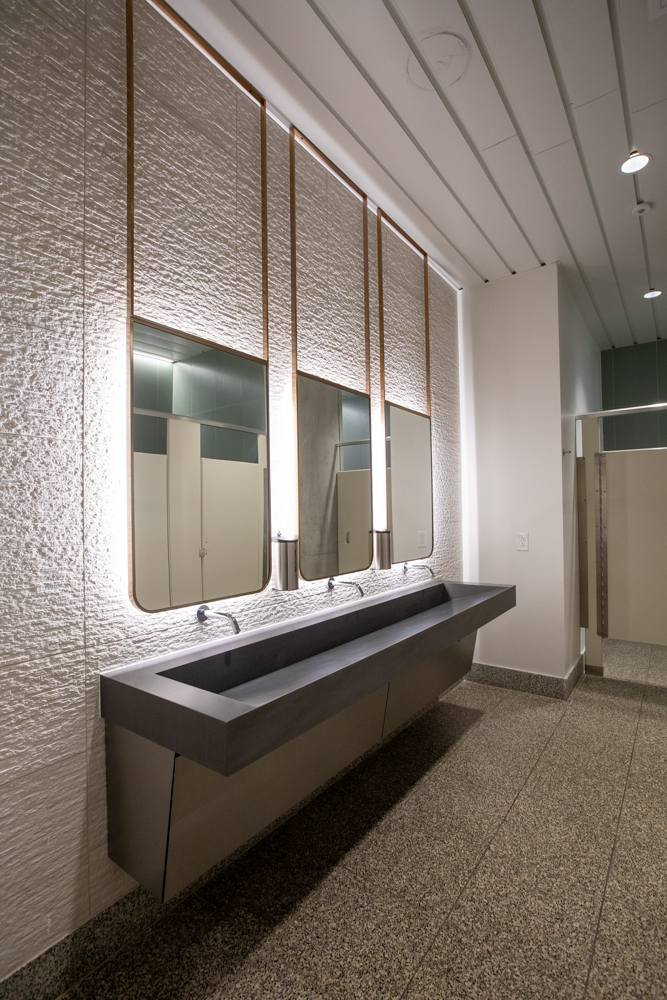 For years, plumbing lagged behind HVAC in adopting smart monitoring innovations. HVAC systems, with their seamless integration into building automated systems (BAS), have long relayed performance, efficiencies, and potential issues. However, with an intensified focus on sustainability and conservation in building standards, plumbing is catching up, allowing building owners better control, and limiting wasteful water use.
For years, plumbing lagged behind HVAC in adopting smart monitoring innovations. HVAC systems, with their seamless integration into building automated systems (BAS), have long relayed performance, efficiencies, and potential issues. However, with an intensified focus on sustainability and conservation in building standards, plumbing is catching up, allowing building owners better control, and limiting wasteful water use.
Plumbing, a critical component of any building, determines water usage, waste disposal, and sanitation. With the integration of smart monitoring systems, the dynamics of plumbing are evolving. They heighten efficiency, sanitation, and maintenance within plumbing frameworks. They ready building owners with the capability to oversee fixture usage, pinpoint wasteful water consumption areas, and swiftly detect potential leaks. This agility in identification aids maintenance staff in promptly tackling issues and ensuring consistent fixture availability.
Here’s how smart monitoring refines plumbing systems:
- Leak Detection: Gone are the days when a water leak would go unnoticed, leading to wasted resources and property damage. Modern sensors promptly detect potential leaks, sending alerts for immediate action.
- Water Usage Monitoring: By keeping a tab on water consumption patterns, it becomes feasible to implement water-saving measures and optimize utility expenses.
- Temperature Control: Ensuring that water stays at an optimal temperature not only guarantees user comfort but also diminishes bacterial growth.
- Sanitation & Line Purges: No longer do stagnant pipes pose a threat. With automated water line purges, bacterial growth is countered effectively, warding off strains such as Legionella.
- Remote Access & Control: The ability to monitor and manage plumbing systems remotely means that property functions remain uninterrupted, even during times when the building is unoccupied.
- Predictive Maintenance: Instead of reactive measures, the focus shifts to predictive ones. Maintenance can be scheduled in advance based on data analytics, mitigating the risk of unforeseen breakdowns.
- Water Quality Monitoring: Safeguarding public health, these systems can detect potential contaminants, ensuring that the water remains pure and safe for use.
- Integration with Other Building Systems: Creating a harmonious ecosystem, smart plumbing systems can be integrated with HVAC, lighting, and other vital systems for a holistic building management approach.
These are only a few ways smart watering can improve the performance of plumbing systems. Though technology is still getting its foothold in the industry, it cannot be argued that its future is bright and is very important in our pursuit of improved water efficiency.
